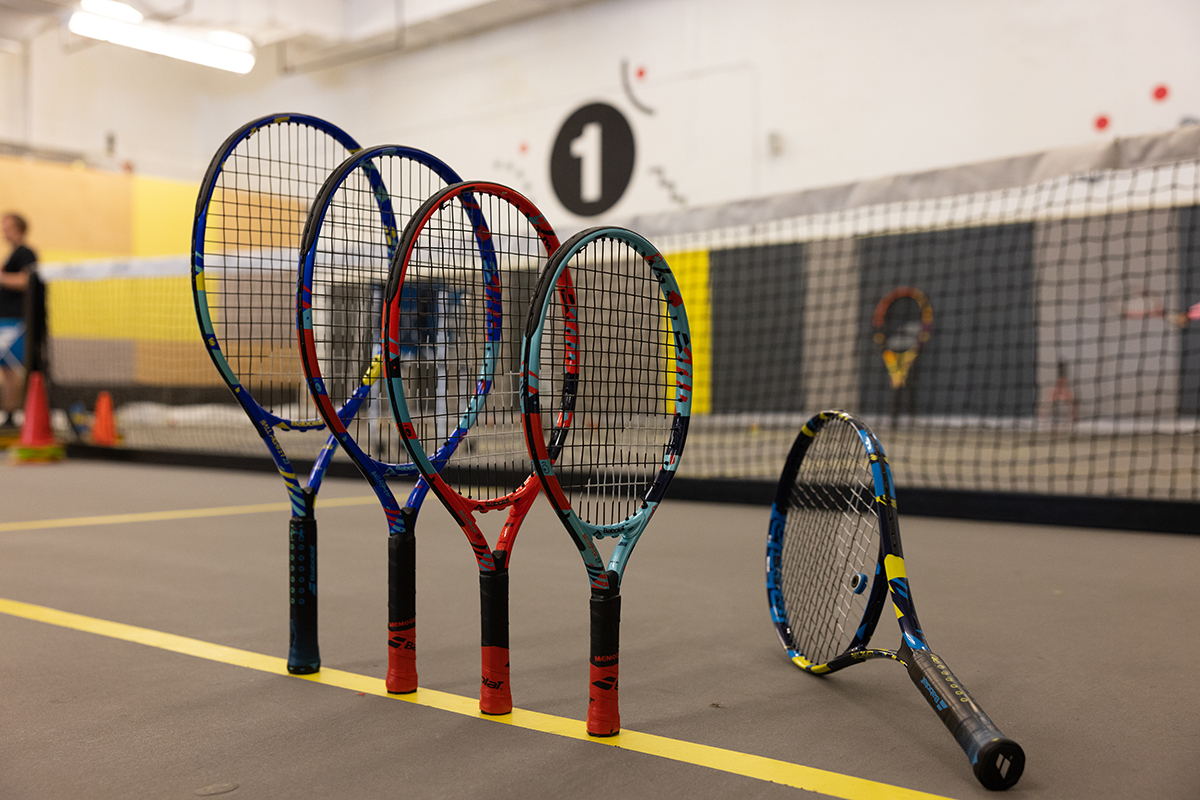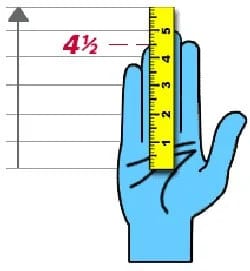

Choosing A Tennis Racket
For many tennis players, choosing a tennis racket can be a difficult and daunting task. There are many things to consider, brands, head sizes, weight, string pattern, balance, and many more! The size of the racket head can make a big difference depending on ability and preference. The bigger the head size, the bigger the sweet spot for striking the ball is. The sweet spot is the place in the middle of the strings where making contact with the ball is more pleasurable and produces better results.
For many tennis players, choosing a tennis racket can be a difficult and daunting task. There are many things to consider, brands, head sizes, weight, string pattern, balance, and many more! The size of the racket head can make a big difference depending on ability and preference. The bigger the head size, the bigger the sweet spot for striking the ball is. The sweet spot is the place in the middle of the strings where making contact with the ball is more pleasurable and produces better results.
The grip is important for controlling the tennis racket and choosing the right grip size can help to avoid common injuries like tennis elbow. If a grip size is too small, it can lead to various tennis injuries due to the Tennis Racket twisting in your palm whilst playing or from gripping the racket harder than you should and overusing muscles. A grip that is too big prevents wrist snap-on serves (needed for extra power), makes changing grips more difficult, and you tend to use more muscle power unnecessarily leading to overuse and a higher chance of getting injured.
Common injuries from a grip size that is too small or large include tennis elbow, tendonitis, and wrist/shoulder pain.
How heavy should my tennis racket be?
Performance graphite tennis rackets can range from 225g to 340g, with rackets on either end of the scale having their own sets of advantages and disadvantages.
The heaviest rackets provide the highest level of frame stability to players who have a fully developed and/or powerful swing motion. The heavier weight is commonly combined with a thinner beam width to allow these players to keep their powerful strokes under control Lightweight rackets (below 280g), are far easier to manoeuvre which can be advantageous in various situations from lining up a serve to switching between forehand and backhand positions. They usually come with a thicker beam width in order to maintain structural stability. As a result, they are able to help generate power very easily for players who have shorter swings and/or who are not physically very strong or athletic. medium weighted category (between 280g and 300g) are the most popular for their ability to provide a competitive specification which most players can comfortably play with. Unless you definitely fit into either of the categories above, this is the category to look in.

Which balance is best for a tennis racket?
The balance of a tennis racket is determined by whether its weight is distributed more towards the head or the handle. On rackets which are more head-light, the weight is closer to the hand which improves manoeuvrability on ground strokes and volleys, and in general keeps the player more in control. It is however harder to generate head speed on swings so going for a very head-light racket may leave you struggling for power. Only advanced players should pick balances of 315mm or less.
On head heavy rackets, the weight in the head will build momentum on swings and lead to increased power. It does however become harder to direct shots with accuracy. Social players looking for easy power from their racket should opt for balances of 340 mm or above.
For most other competitive players, both beginners and intermediates, rackets between 315 and 340 mm will be suitable depending on the factors discussed above, as well as preference. If you require more power, go closer tow
The Grip
- 0 (L0 or G0) 4 inches
- 1 (L1 or G1) 4 1/8 inches
- 2 (L2 or G2) 4 1/4 inches
- 3 (L3 or G3) 4 3/8 inches
- 4 (L4 or G4) 4 1/2 inches
- 5 (L5 or G5) 4 5/8 inches
